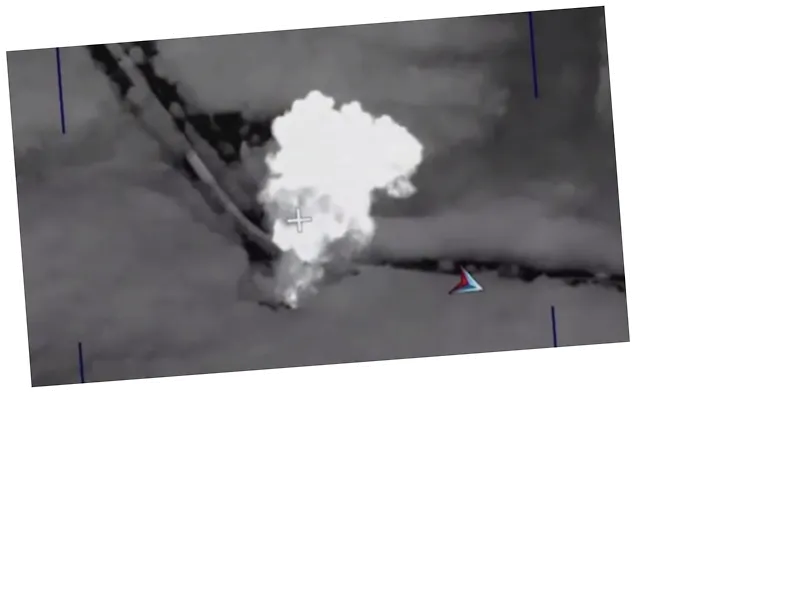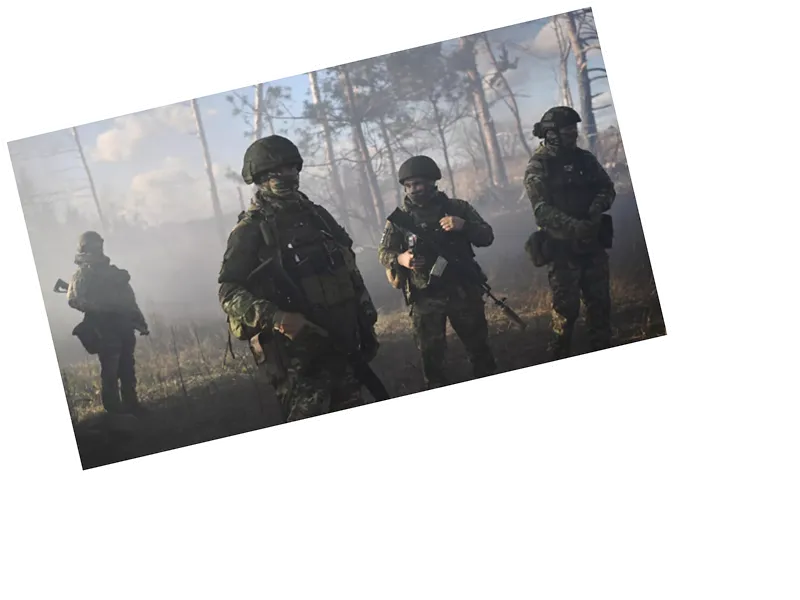The strategic use of aerial bombs by the Russian military indicates a shift towards high-precision munitions, which minimizes risks to pilots and increases the effectiveness of strikes against fortified positions.
The increased production of high-explosive bombs in Russia suggests an ongoing commitment to sustaining military operations in the region, potentially indicating a long-term strategy in the conflict.
The emphasis on using aerial bombs to support ground operations highlights the integrated approach of combining air and ground forces to achieve military objectives.
As the conflict continues, the reliance on high-precision aerial munitions is likely to increase, potentially leading to further advancements in bomb technology and production capabilities.
The effectiveness of aerial bombardments may compel Ukrainian forces to adapt their defensive strategies, possibly leading to changes in troop deployments and logistics.
If guided air bombs are introduced into the conflict, they could significantly alter the dynamics of aerial warfare, enhancing strike capabilities against high-value targets.
The Russian Defense Ministry has released footage showcasing the use of aerial bombs by the Russian Aerospace Forces to target Ukrainian Armed Forces positions. Notably, a high-precision strike destroyed a bridge near Kupyansk in the Kharkiv region, effectively cutting off supply routes for Ukrainian forces. The ministry reported that a FAB-3000 bomb was used to eliminate a UAV deployment point in Kurakhovo, resulting in significant enemy casualties and equipment destruction.
The use of Universal Planning and Correction modules (UMPK) has transformed traditional aerial bombs into high-precision weapons, allowing for strikes from safe distances. Developed by GNPP Bazalt, this module enables free-falling bombs to glide and correct their flight path using GLONASS, enhancing their accuracy significantly. Major General Vladimir Popov noted that this technology has made Soviet-era bombs highly effective against fortified positions.
Among the munitions highlighted, the FAB-3000 stands out due to its massive size and explosive capacity, capable of destroying targets over an area equivalent to 11 football fields. The Russian defense industry has ramped up production of these high-explosive aerial bombs, which are particularly effective in supporting infantry advances against fortified Ukrainian positions.
Additionally, other munitions such as the ODAB series and the UMBP D-30 gliding bombs are employed, with the latter capable of striking from distances up to 85 km. The combination of these munitions allows for continuous and effective targeting of Ukrainian positions.
Despite the absence of reported use of guided air bombs (GAB) in the conflict zone, experts suggest that these advanced munitions may have been tested. GABs offer enhanced accuracy and can be likened to cruise missiles in their operational capabilities, although they lack engines and have a limited range.





